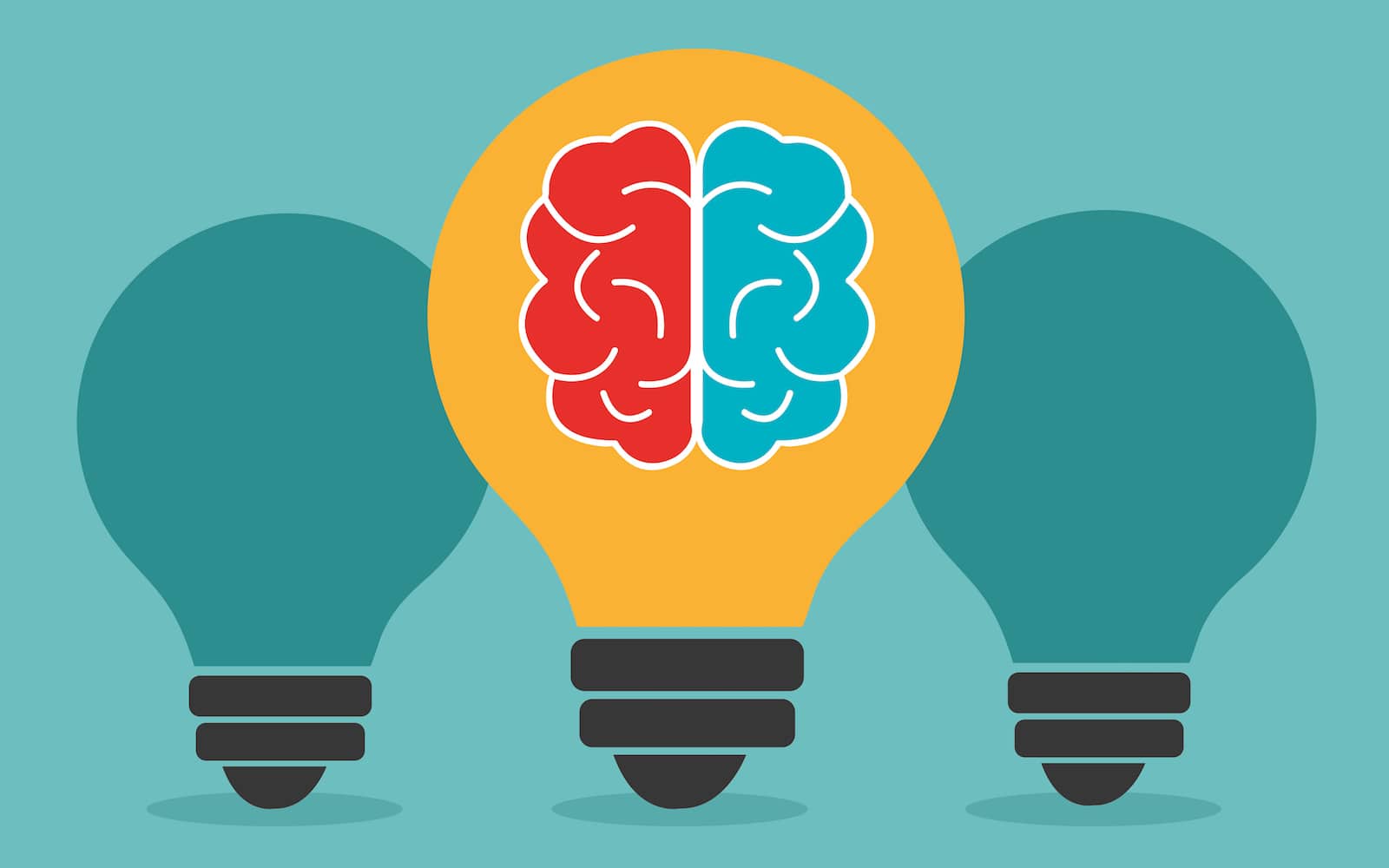Lighting is fundamental to an occupants experience in a building. Lighting accounts for approximately 40% of energy consumption in buildings. Lighting’s ubiquitous nature makes it the ideal platform upon which to establish the Internet of Things in Buildings (BIoT). These three statements underline the importance of lighting to the continued development of smart buildings as we move into an exciting new year for the sector.
The recent lighting revolution began with the push to replace traditional incandescent light bulbs with much more efficient light emitting diode (LED). With the emergence of the Internet of Things (IoT) and smart buildings came a new level of significance for lighting controls; an element now vital to achieving the potential user experience, energy saving and communicative opportunities available to the lighting sector.
“Lighting is undergoing a rapid transformation as LEDs become the number one source of light in buildings. This is the single most important driver for the growth of Bus-based lighting controls and their convergence with IT Networks and integration into the BIoT,” states our most recent lighting report Smart Buildings: The Lighting Controls Business.
It wasn’t so long ago that lighting control systems were made up of relay panels with low voltage switches, which may or may not have been set to some sort of timer. The BIoT demands much more from its control system however, in order to provide a wide range of cost saving and value adding benefits.
The modern lighting control system needs to be intelligent. It should able to make decisions for itself in order to execute complex predefined reactions to a variety of inputs, such as occupancy, time, personal schedules or weather, and in combination.
The modern lighting control system needs to be addressable. Each light bulb may be required to do something different to the bulb next to it and each is in a constant state of reassessing its output in accordance with individual and collective data analytics.
The modern lighting control system needs to be centralized. Be it through a cloud or localized central server, lighting controls need to be connected with a central database that ties in relevant information from throughout and outside a building. Furthermore, through a centralized interface, the lighting control system must be operable from a variety of local and remote locations.
The modern lighting control system needs to be communicative. Not only does the operator need to be able to tell the lighting what to do, the lighting system needs also to tell the operator what to do. Energy performance data is crucial in enabling the operator to optimize consumption, and a modern lighting control system can literally tell its operator when and where it needs maintenance.

With these four elements in place the modern lighting control system is perfectly placed to cater for the needs of its users, be that employee productivity, occupant health, or a variety of other applications. Thereby adding value to smart real estate and providing a quick return on investment for building owners, especially when also considering the significant energy savings.
Beyond that the modern lighting control system is in line to be the infrastructure for the BIoT. As more and more building systems and “things” come online, it has become increasingly apparent that the ubiquitous nature of lighting can take the IoT to every corner of the building.
“Every light, appliance, air conditioner, computer, and human being will have one or more sensors, and a pervasive lighting network can act as the platform to connect this wide variety of ‘things’,” as discussed in our article last year – Lighting Positions Itself at the Heart of Smart Buildings.
In fact, our recent report predicts that the majority of building-based IoT device installations by 2020 will be installed on the back of lighting installations.
As we look ahead to a potentially bumper year for the smart buildings sector, we cannot ignore the role of lighting controls in its development. Not only is lighting the gateway for the IoT in buildings but also a gateway for lighting companies to take a leading position in the smart building market.
Speaking on European architectural lighting company, Zumtobel Group, Daphne Tomlinson of Tomlinson Business Research told Memoori, “It is one player of many in the global lighting and building controls market, hoping to create a dominant position in smart connected buildings.”
[contact-form-7 id="3204" title="memoori-newsletter"]



